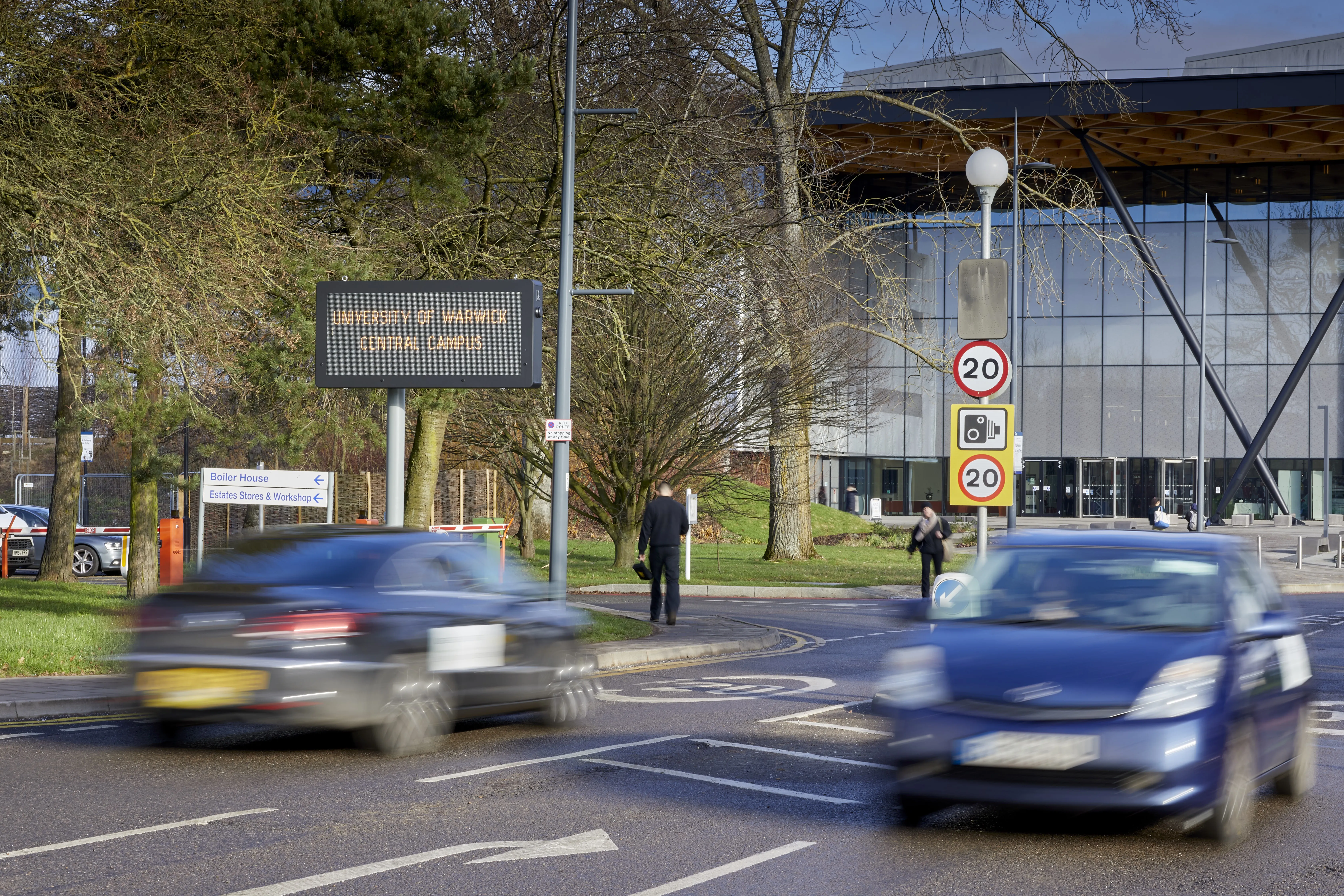Swarco will use its ITS World Congress exhibition stand to focus on the company’s integrated solutions capabilities in urban and interurban traffic management, parking and e-mobility and public transport. The company’s Omnia all-in-one solution for intelligent traffic management will be on display as will its solution for energy-efficient intelligent street lighting. A premiere is a joint application of carmaker BMW with road operator Asfinag and signage specialist Swarco to foster knowledge about the Rettu
October 15, 2012
Read time: 2 mins
Swarco will use its ITS World Congress exhibition stand to focus on the company’s integrated solutions capabilities in urban and interurban traffic management, parking and e-mobility and public transport. The company’s Omnia all-in-one solution for intelligent traffic management will be on display as will its solution for energy-efficient intelligent street lighting.
A premiere is a joint application of carmaker BMW with road operator Asfinag and signage specialist Swarco to foster knowledge about the Rettungsgasse, the safety corridor motorists have to form on Austrian motorways in case of traffic jams to allow emergency vehicles to pass unhindered and without loss of precious time.
Swarco technology, including traffic controllers, LED signals, LED VMS, and LED street lights, will be featured within the Testfeld Telematik, the outdoor demo course taking place under real Vienna traffic conditions and showing the interaction of cooperative systems (V2I, I2V communication) to the congress visitors.
CAPTION: This intersection, installed in Böheimkirchen, Lower Austria, just a few weeks ago, exemplifies Swarco’s integration solutions capabilities. It is the first intersection in Austria that uses the company’s products exclusively. The heart of the intersection system is Swarco's Actros traffic controller which is responsible for the intelligent control of the installed Futura LED traffic signals. Inductive loops collect traffic data that is processed by the traffic controller to allow for traffic-dependent traffic light cycles. Touch Sound push buttons were mounted to enable pedestrians to request the green phase, and energy-efficient Futurlux street lights take care of the optimum illumination of the intersection.
A premiere is a joint application of carmaker BMW with road operator Asfinag and signage specialist Swarco to foster knowledge about the Rettungsgasse, the safety corridor motorists have to form on Austrian motorways in case of traffic jams to allow emergency vehicles to pass unhindered and without loss of precious time.
Swarco technology, including traffic controllers, LED signals, LED VMS, and LED street lights, will be featured within the Testfeld Telematik, the outdoor demo course taking place under real Vienna traffic conditions and showing the interaction of cooperative systems (V2I, I2V communication) to the congress visitors.
CAPTION: This intersection, installed in Böheimkirchen, Lower Austria, just a few weeks ago, exemplifies Swarco’s integration solutions capabilities. It is the first intersection in Austria that uses the company’s products exclusively. The heart of the intersection system is Swarco's Actros traffic controller which is responsible for the intelligent control of the installed Futura LED traffic signals. Inductive loops collect traffic data that is processed by the traffic controller to allow for traffic-dependent traffic light cycles. Touch Sound push buttons were mounted to enable pedestrians to request the green phase, and energy-efficient Futurlux street lights take care of the optimum illumination of the intersection.









